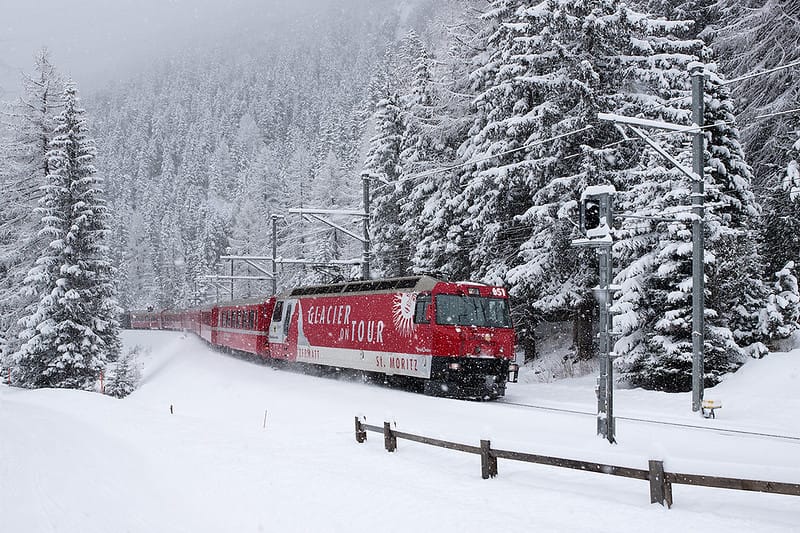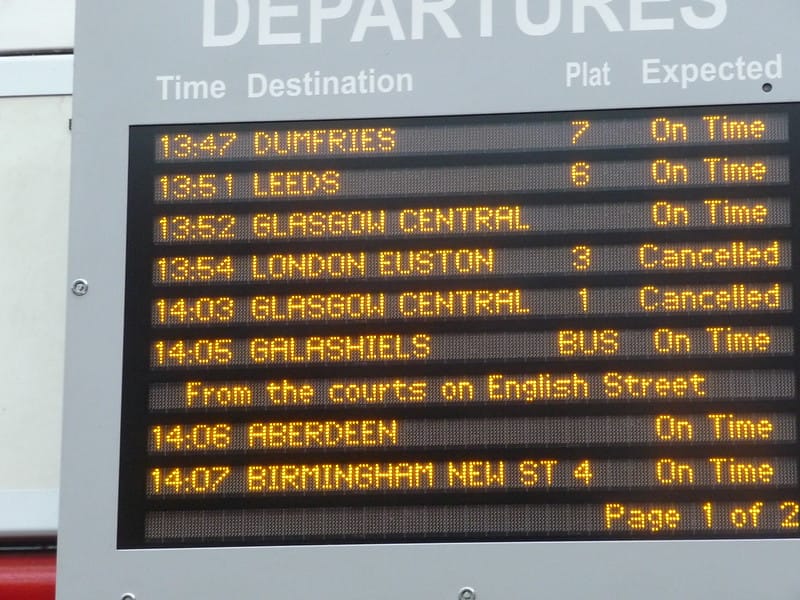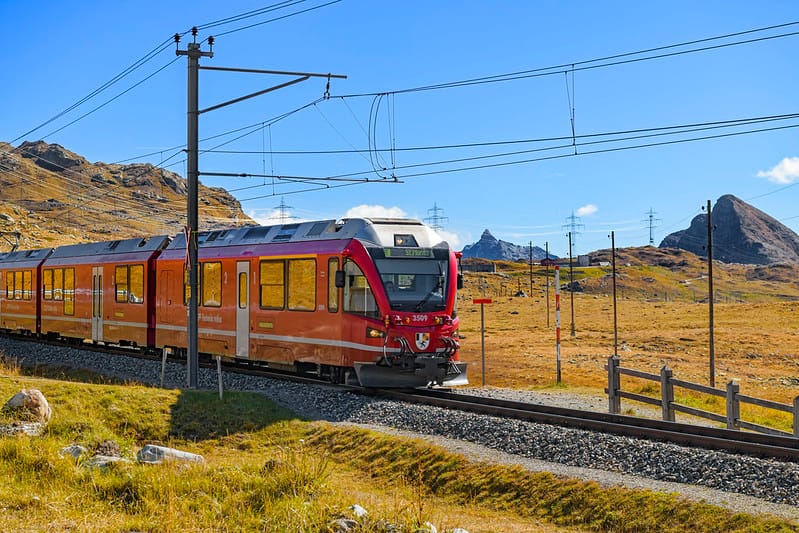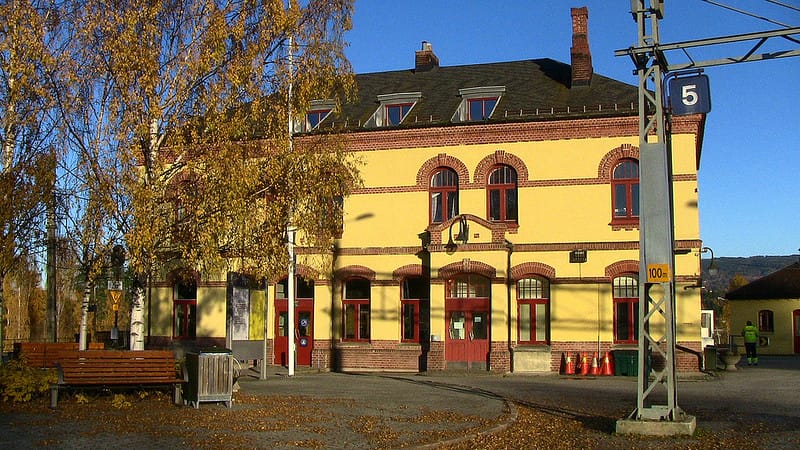A Trans-Mongolian trip is as much about the people as it is about the scenery and culture. From the high rises of Beijing to the gers and markets of Mongolia and on to China’s vast Gobi Desert where you actually change trains (the Chinese railway has a different gauge of rail width) and see life as it really is.
Moscow
Whether you take the Czar’s Gold train or one of the others on the Trans-Mongolian route, the experience is one of the grandest in the world. From the vast Russian cities to the endless Mongolian steppe and glimmering Lake Baikal, the epic journey will leave you with lasting memories of Russia, Siberia and beyond.
The capital of Moscow is a revelation, with palaces and public buildings restored to their former glory. Its iconic landmarks include Red Square, the Kremlin and St Basil’s Cathedral. A trip to Moscow is not complete without experiencing its palatial subway rail system, where station platforms have become stand-alone art galleries and museums.
As you board the train, meet fellow travellers who are also enchanted by this classic adventure. Spend your days chatting, eating and reading or simply enjoying the changing landscape out of your window. The stops along the way offer you the chance to alight for a few minutes and wonder up and down the platform before being usherred back onto the train.
Depending on the season, you may be lucky enough to travel through Mongolia’s Naadam Festival which celebrates their national hero Genghis Khan. The whole event is a real spectacle, from the opening ceremony to the 20km horse race and all the excitement in between. From the exhilarating atmosphere to the surprising little kindnesses that you encounter in hugely populous China you’ll find that the people of Eurasia are a truly special part of this epic journey.
Ulan-Ude
The Trans-Mongolian train splits from the main Trans-Siberian at Zaudinskiy, and from here it traces a route that once served ancient tea caravans. The train passes through high rises of Beijing, seemingly endless suburbs, and the Great Wall of China (blink and you’ll miss it). Then the terrain changes to grasslands and forest as the train approaches Mongolia. In Ulan-Ude the landscape and culture also change – here, the majority of people are ethnic Buryats from Russia. Many of them follow Tibetan Buddhism, while a twenty five-foot bust of Lenin dominates the city center.
This is one of the most interesting stops on the trip. As you leave the train, be sure to try some local delicacies from the food vendors on the platform (they’re not always open though).
Once in Mongolia, the train reaches its northern border town of Sukbataar where the train is forced to stay for a lengthy Russian border process. The border agents have high tech hand-held computers to check visas, and they don’t even take your passport away from you – so the process is much smoother than the Trans-Siberian experience!
Beyond the border, the arid grasslands of Mongolia give way to the forlorn Soviet-built cities of the south. Here, the shamanistic religion of Genghis Khan’s time makes a return to prominence. Ancestors are considered to be the key to family harmony, and shamans are able to negotiate with spiritual and natural forces on behalf of their followers.
Irkutsk
Travel to Irkutsk and be welcomed by the most hospitable people in Siberia. You’ll be hosted by local Buryat friends in their lakeside village of Bolshoye Goloustnoye, and you can explore the deepest and largest (by volume) freshwater lake in the world – a wonder unlike any other on earth!
From Irkutsk, your train will head to Listvyanka, a picturesque lakeside town. This is the birthplace of Pushkin, and you can see his old home. You can also visit the museum dedicated to his works and the story of his life in exile.
At the Russian border, you’ll back into a shed to have your carriage jacked up while they change the bogeys underneath (Russian and Chinese railway gauges are different). This takes about 3 hours, so we usually suggest alighting for this stretch.
Throughout the journey you’ll be joined by fellow travellers and immersed in the rich culture of this legendary route. You can expect to spend your days in the train meeting new people, chatting, eating, playing games and simply relaxing, watching the everchanging landscape pass by through the windows. You could find yourself drinking vodka with a Russian soldier, discussing politics with a Chinese academic or sharing a bottle of champagne with a Mongolian businessman!
Shamans play a very important role in the Mongolian and Siberian cultures. They are regarded as bridges between their communities and the spiritual world. They are able to cure illnesses, predict the future and communicate with deceased ancestors during their trance. They are aided by the ovoo, a pile of stones and branches found at the edge of roads and riverbanks, and by shaman trees that have mystical shapes.
Novosibirsk
One of the most epic train journeys in the world, the Trans-Siberian offers a window into Russia, Mongolia and China. For sheer distance, intrigue and a tremendous sense of personal satisfaction upon completion, few other rail trips come close.
The Czar’s Gold – the private train for globetrotters – runs this route throughout the year, and while most public trains plow on with barely a pause to change locomotives, the Czar’s Gold has a schedule designed for travelers. During the trip, you will immerse yourself in the cultures and landscapes of the world’s oldest civilizations.
From Moscow, you will witness a transition from urban to rural as you head south into Russia. Then, as you reach Ulan-Ude, Buddhist influence will fade to reveal Buryat culture. The geographic splendor of Lake Baikal will enchant you in Irkutsk. Finally, Novosibirsk will serve as an early gateway to European Russia before you board the Tsar’s Gold again to continue your journey to Yekaterinburg and beyond.
If you have time, you can add a few days in Beijing before your departure to take in the Great Wall and Forbidden City, as well as try some of that famous Peking duck. Alternatively, you can book the shorter Trans-Mongolian experience with an overnight stop in Ulaanbaatar so that you have more time to enjoy the sights of the capital. Either way, the journey is an opportunity to meet new people and experience a unique side of Eurasia that few visitors get to see.
Yekaterinburg
Train travel is a great way to see the world and the Trans-Mongolian route is arguably the greatest of them all. For sheer distance, intrigue and, on completion, real personal satisfaction, nothing comes close. This 16-day journey starts in Russia’s cultural capital of St. Petersburg; stops at the border between Europe and Asia in Yekaterinburg; takes a dip in the crystal clear waters of Russia’s natural treasure, Lake Baikal; stays at a genuine Mongolian Ger to explore its vast natural treasures and experiences the country’s biggest cultural event, the fascinating Naadam festival; then finishes in the Chinese capital of Beijing.
Aboard the private Czar’s Gold train, you will experience the best of the route. Unlike public trains that plow on with barely a pause, the Czar’s Gold keeps to a more sedate itinerary and offers excursions each day for those who want to get off the train and explore the towns and cities along the way.
Amongst the highlights are Nizhny Novgorod, with its 14th century monastery and grand kremlin; Moscow, with its famous palaces, museums and stunning architecture; and Yekaterinburg, where Russia’s imperial past is brought to life in its landmarks and churches. You will also stop in the Urals city of Irkutsk, where its glitzy shopping malls and pedestrian streets are a welcome change from the urban frenzy of the big Russian cities. Then the pristine wilderness of Siberia opens up, with its endless birch forests and impressive Lake Baikal.
Ulaanbaatar
From the capital of Mongolia to its northern border with China, a journey along the Trans-Mongolian Railway is a fascinating glimpse into another of our planet’s most remote, and enduringly mysterious, regions. Observe the slow transformation from modern cityscapes to pristine wilderness as you make your way into the Gobi Desert and beyond.
Arriving in Ulan-Ude, you’ll see a town that’s been heavily influenced by the region’s Mongol and Buddhist culture. Stroll around the old town or take a guided tour of the local Gandan monastery. Then, head out into the country to meet nomadic herdsmen and witness a captivating demonstration of horsemanship and traditional wrestling.
From here, the train continues west and passes through the scenic village of Zaudinsky, stopping for only two minutes. The town of Gusinoozersk is also on the line, a monotown that’s centred around the coal industry. The train only stops here for a short while to allow passengers to get on or off.
Next, the train will stop at Naushki on the Russia-Mongolia border and pause for about an hour. You’ll have to show your passport and complete a customs declaration, so plan accordingly. From here, the train will pass into China at Erlyan. Here, the train will be switched to Chinese rail wheels, which can sometimes take up to four hours, so it’s a good idea to pack an extra day of food.



